Showa period is one of the parts of Japanese history. The Showa period is also known as the Modern Showa. The period started in 1926 and finished in 1989 during the reign of Emperor Showa. This period is longer than any reign of the Japanese emperor. In the article, I will discuss the Showa period successively.
If you are also interested in knowing the period’s detailed history, please follow the thesis from beginning to end attentively.
The Showa Period (1926 – 1989)
The Showa Period indicates the era of Japanese history analogous to Emperor Showa’s dominion from December 25, 1926, to January 7, 1989. The Showa period was forerun by Emperor Taisho’s period. The period was followed by the Heisei Period. Now let’s go to know detailed information about the period.
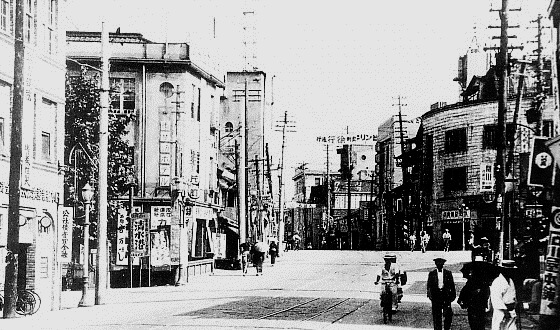
The Showa Period
Rise Of Nationalism In Showa Period
Before 1868, most Japanese were more easily marked with their feudal reign without the concept of “Japan” as a whole. When Tokugawa Bakufu was ousted, the rebel leaders, Satsuma and Chisha, ideally combated to Tokugabari since the Sekigaha War. Everything changed in the Meiji era.
With the introduction of mass education, recruitment, industrialization, concentration, and successful foreign war, Japanese nationalism began to be encouraged as a powerful force in society—the rise of nationalism in Japan collateral the rise of nationalism in the West.
Some protectives, such as Gondi Sekai and Asahi Higo, saw Japan’s rapid industrialization as something to be disappointed with. In the Meiji era, these nationalists fought against unbalanced treaties. In the years following World War I, Western criticism of Japan’s imperial exertion and abridgment on Japanese immigration qualified the focus of Japan’s nationalist movement.
The Military State
Now come to know about the military state in the Showa period of Japan. Withdrawal from the League of Nations meant Japan was politically unfastened. Japan had no strong allies, and its activities were disgraced internationally, although popular nationalism developed internally.
Local leaders, such as mayors, teachers, and Cinto priests, were hired by various movements to include the ultra-nationalist ideology. They had very little time for the realistic ideas of the business elite and party politicians. But, there was no big problem for this reason.
The plot to assassinate the “League of Blood” in March 1933 and the chaos surrounding its conspirators’ trial further undermined Japan’s rule of democratic law. The plot failed to lead to a full coup, but it effectively ended Japan’s political parties’ rule.
The Second Sino Japanese War
In the Showa period, The Second Sino-Japanese War happened in 1937, running until 1941. In July 1937, Marco Polo used an explosion heard on the Chinese side of Mansoura as an excuse for an attack by the Japanese Kwantung army on the bridge.
This aggression led to a large-scale war known as the Second Sino-Japanese War, sanctioned by the emperor, called the “Holy War” in imperial propaganda. At that time, the Communist Party of China, led by Mao Zedong, And China’s nationalist government, the Kuomintang, led by Chiang Kai-shek, was internally divided.
The years were a time of rapid and extraordinary success for the Japanese, who had far more advantages than the Chinese army. The Japanese army overwhelmed a smaller armature and gunstock force than many Western powers, but they were far ahead of China in this favor.
The World War ll
The Second World War happened in 1941, and its duration was till 1945, which was happened in the Showa Period of Japanese history. As an excuse for war, the Japanese launched a surprise attack on a US naval base at Pearl Harbor in December 1941.
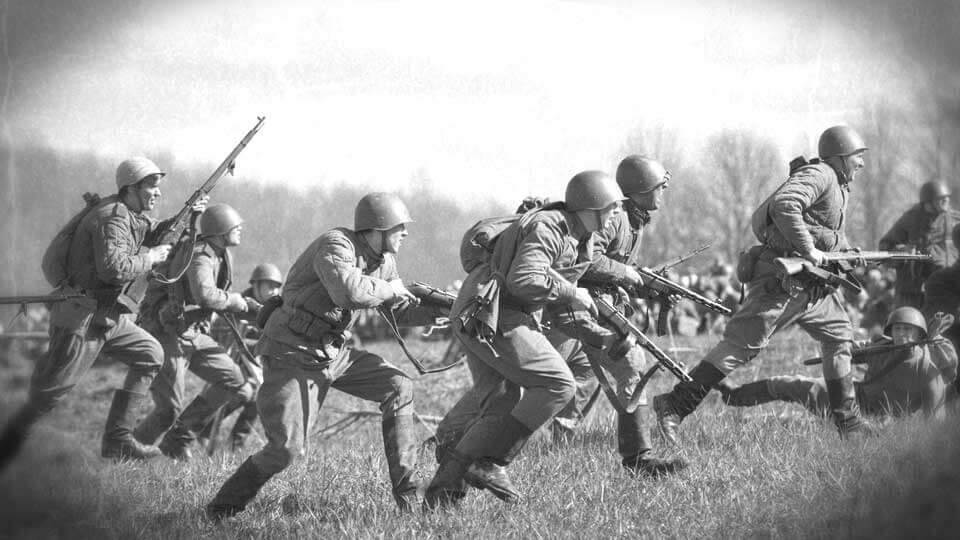
The World War ll
Midway’s decision in early June 1942 was naval/air warfare, but it changed the war’s course. Japan was defended as the Americans pursued an anticipation policy from a Pacific Island. In August 1945, the United States dropped an atomic bomb on Hiroshima, killing nearly two million people.
On August 8, 1945, the Soviet Union invaded Mansoura. On August 9, Nagasaki became the site of the second nuclear attack in human history. On August 15, 1945, Japan ordered an end to all the warfare. It is the red-letter event in the Showa period of Japan.
After analyzing the Showa period in Japanese history, I came into the last part of the article. It is a detailed discussion of the period. I tried to provide here all the correct and informative information.
Now come to inform your opinion. What are your feelings after reading the whole article? If you have any questions about the article, please inform me through the comment section.
I hope that the thesis will be benefited for you. Please share this information with your familiar person to know the period. If you think you will need more information about the topic or any other Japan period, please visit our other pages or leave a comment in the comment box below. Thank you for visiting the site in the long run. If you are interested in reading more articles like this, you can read about Emperor Taisho’s Period.


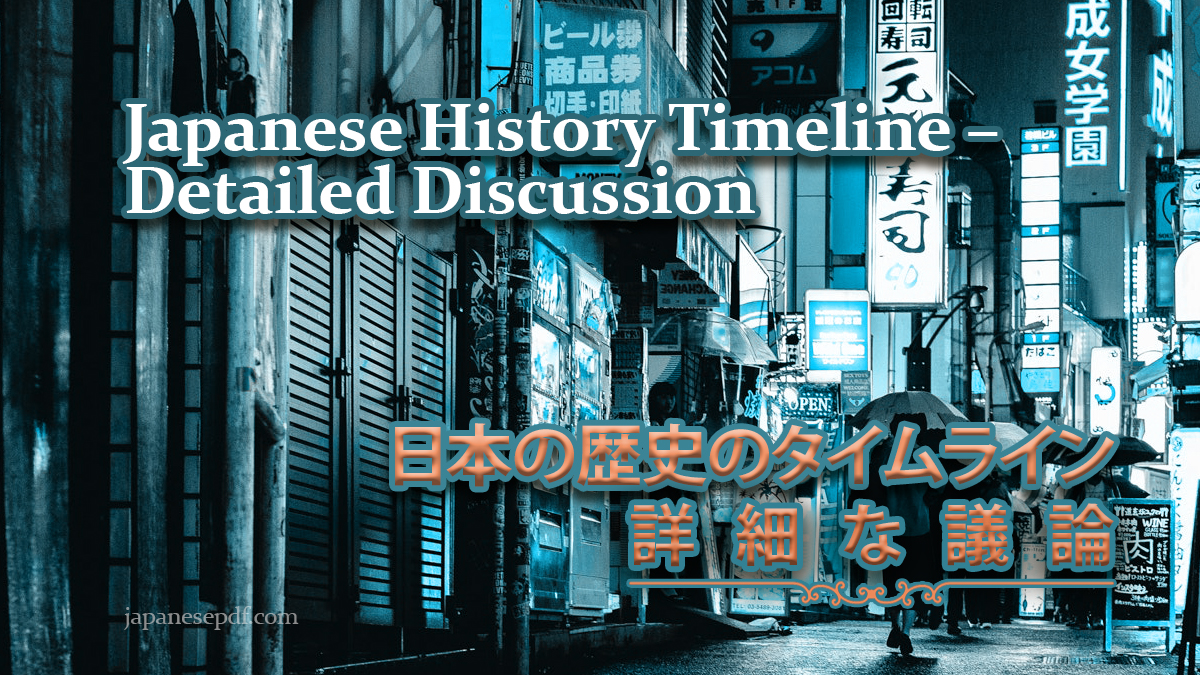
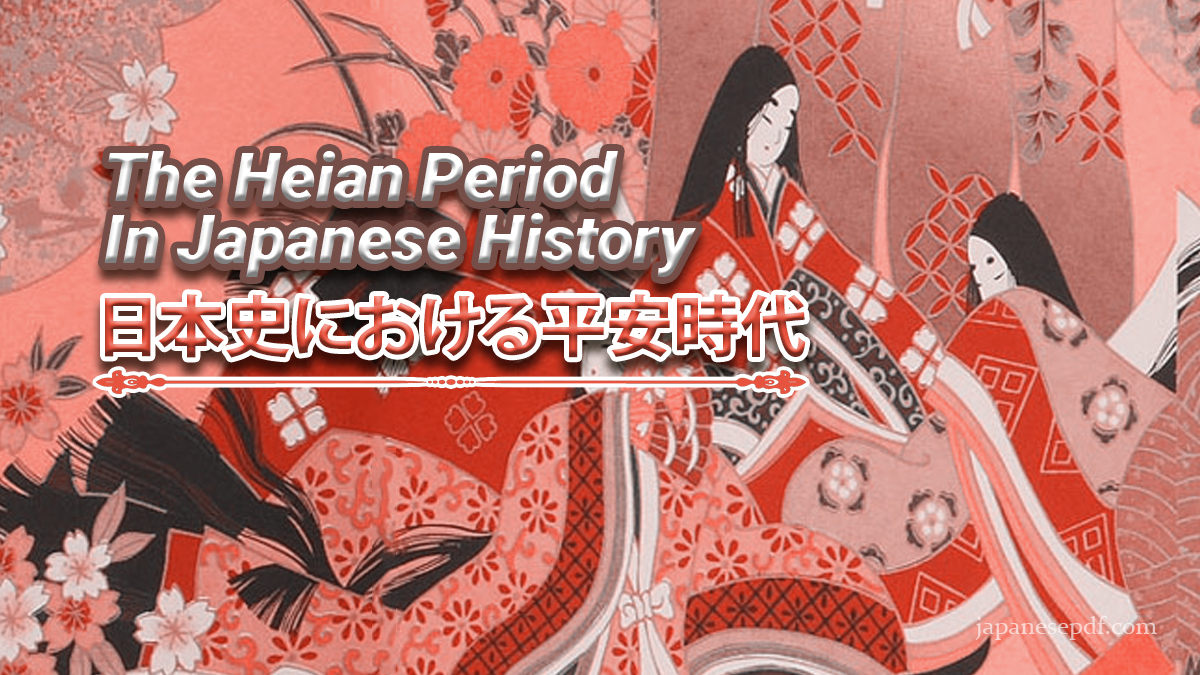
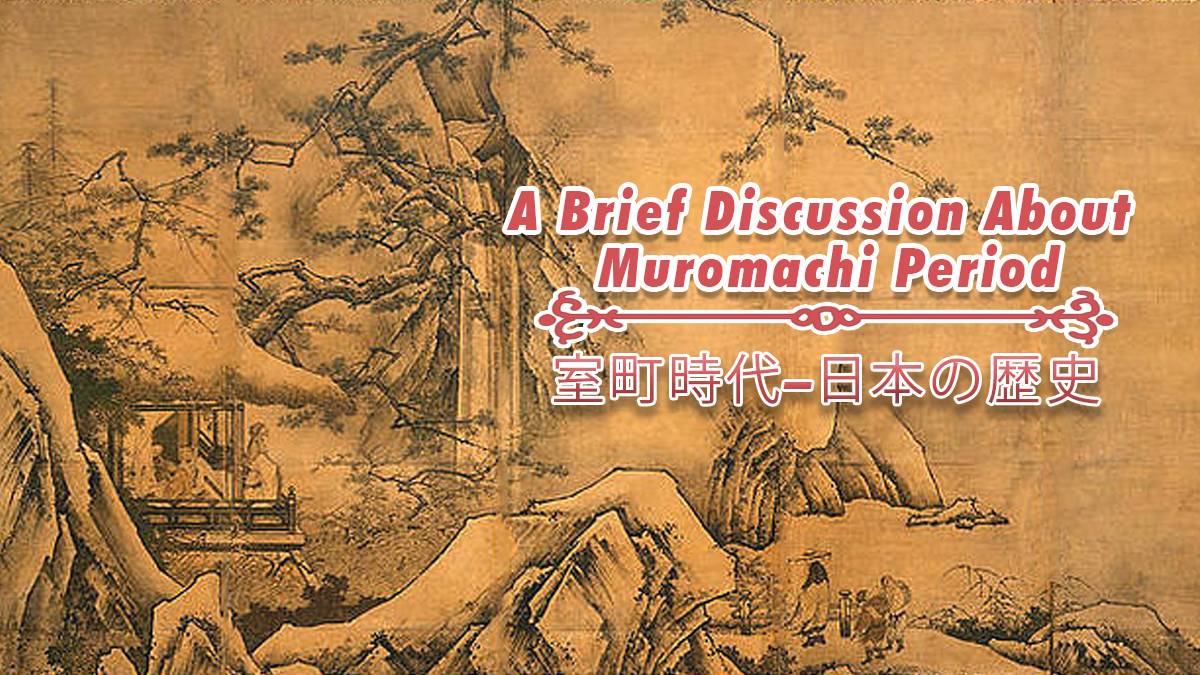
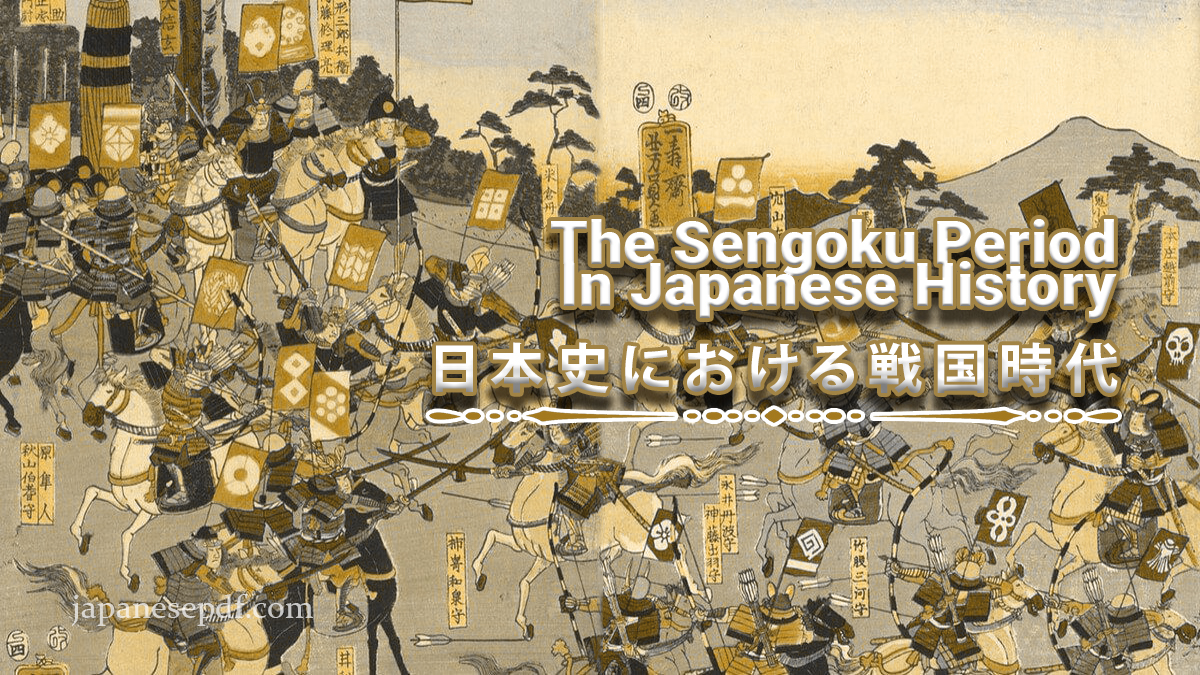
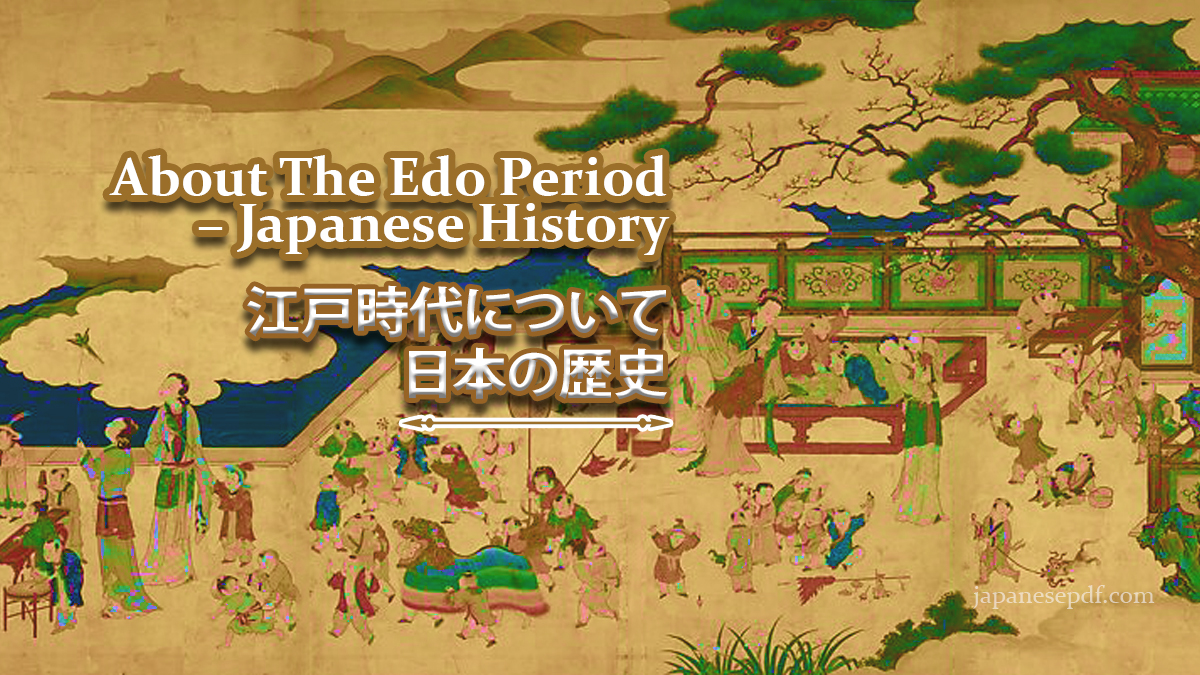
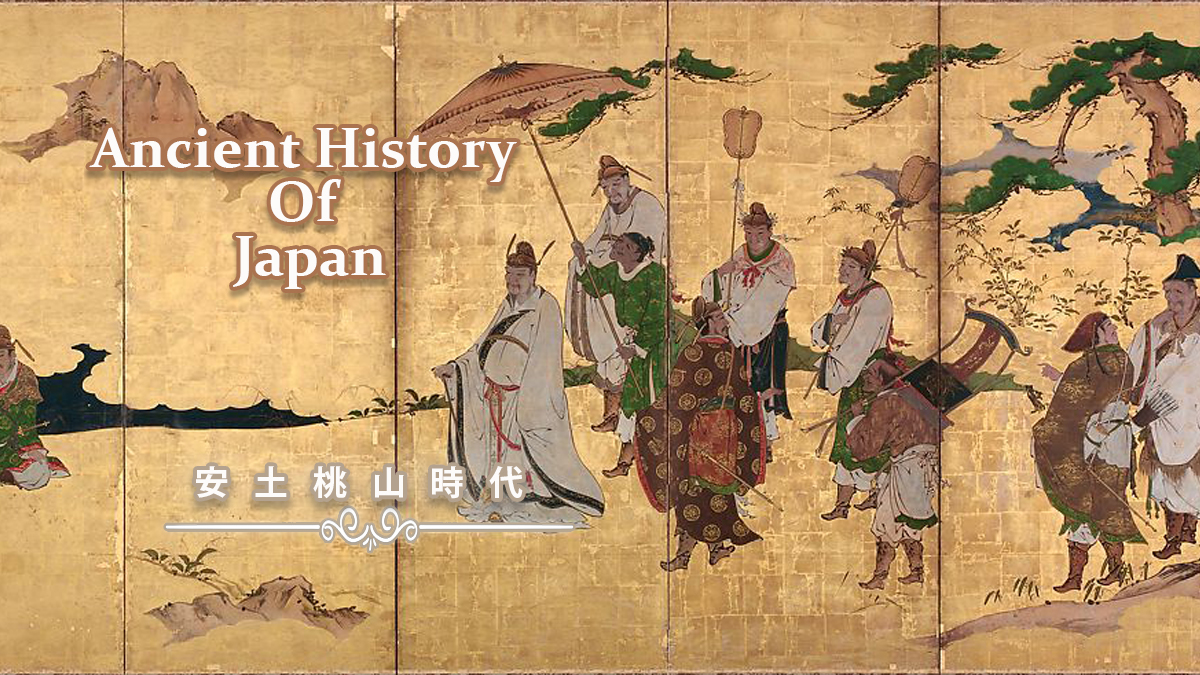
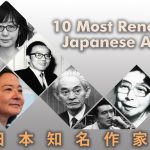
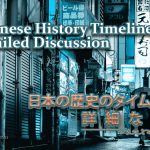



Comments